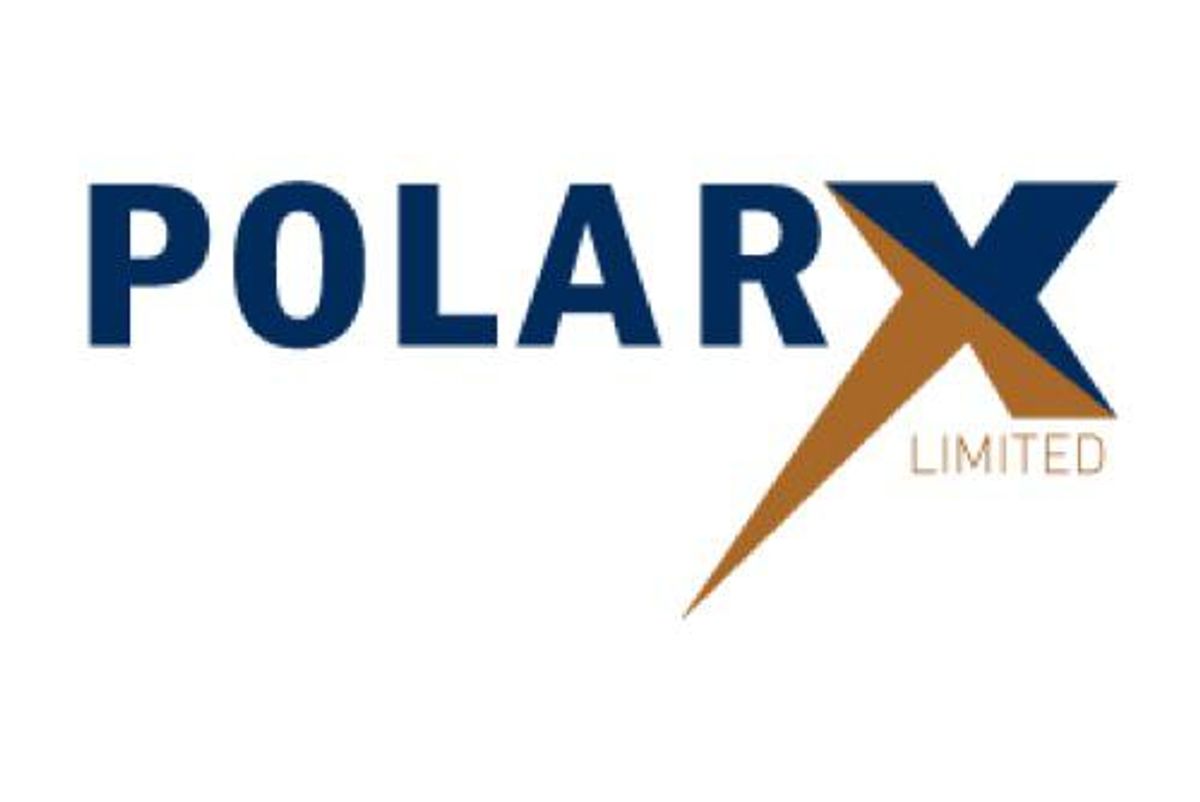PolarX Limited (ASX: PXX, the Company) advises that it has successfully completed four major exploration programs in the last four months, with assays pending from each. These programs, in chronological order of completion, are:
- Caribou Dome: Drill intersections containing massive copper and iron sulphides from the mineral resource estimate envelope (see Figures 1 and 2). Refer to ASX release dated 31 August 2021 for more information. These samples were submitted to the sample preparation lab in Fairbanks, Alaska in mid-September.
- Caribou Dome: Drill intersections containing disseminated and vein-hosted native copper mineralisation hosted in andesitic-basalt lava flows and of a similar nature to the Keweenaw copper deposits in Michigan (Figures 3, 4 and 5). Refer ASX release dated 5 October 2021.
- Humboldt Range Project, Nevada: Channel samples of outcropping alteration and
mineralisation associated with extensive stockworks of quartz veins in the Star Canyon area
(see Figures 6 to 9 inclusive).
- Previous field validation identified extensive outcropping ridges of intensely silicified
and oxidised volcanic rocks hosting multiple quartz vein arrays and old gold-silver
workings (Figure 8).
- The alteration reaches widths of up to 200m and extends over more than 400m of
strike length before being concealed under thin soils to the north and south. This area
represents the best-known target in the entire project for large tonnage, lowmoderate grade mineralisation.
- Channel samples (Figure 9) representing a cumulative length of 467.8m were
submitted to the assay laboratory in Reno, Nevada on 19 November.
- Humboldt Range Project: Infill soil sampling to define the best gold anomalies more precisely
in the Black Canyon claims. Refer ASX release dated 13 October 2021. Samples submitted to
Reno lab on 19 November.
These samples were submitted to the sample preparation laboratory in early October.
Highlights:
- PolarX has successfully completed four significant exploration programs at its Caribou Dome copper project in Alaska and its Humboldt-Range gold-silver project in Nevada. • Assay results are pending for the four programs, all of which have confirmed mineralization.
- The programs were:
- At Caribou Dome, Alaska: Massive sulphide drill intersections with visible copper sulphides and;
- Widespread visible native copper drill intersections from newly discovered basalt-hosted copper discovery.
- At Humboldt Range in Nevada: Channel sampling of the outcropping, highpriority Star Canyon gold-silver mineralisation and;
- Infill soil sampling at the Monster/Star Canyon and Black Canyon gold anomalies.
- Extended assay turnaround times are being experienced by all companies due to massive demand, global staff shortages and COVID-19 workplace restrictions.
Click here for the full ASX release
This article includes content from PolarX Limited, licensed for the purpose of publishing on Investing News Australia. This article does not constitute financial product advice. It is your responsibility to perform proper due diligence before acting upon any information provided here. Please refer to our full disclaimer here.

